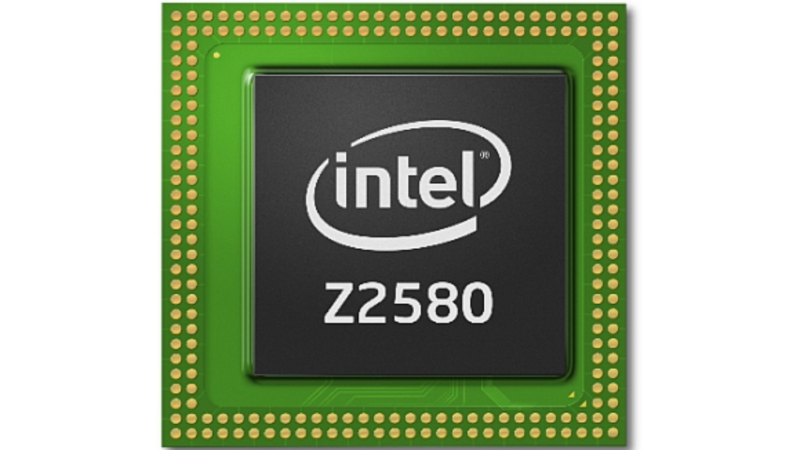
When Microsoft introduced Windows 10 and its "Windows as a Service" model, the company promised Windows users a steady stream of updates to their machines. The days of being stuck on an old version of Windows would be forgotten; once you were on Windows 10, you'd have access to the latest and greatest forever. But that support came with a small footnote: you'd only receive updates for the "supported lifetime of the device" that you were using Windows 10 on.
The old system of Windows development, with substantial paid upgrades every three years or so, had many problems. Not least among those problems was how many people opted to stick with older versions of Windows, which was bad for both system security (old Windows has fewer security protections than new Windows) and software developers (old Windows APIs have wider market share than better, newer ones) alike. But the old system did afford a certain advantage when it came to hardware support: each new release of Windows represented an opportunity to revise the system specs that Windows demanded. A new major version of Windows could demand more memory, certain processor features, or a particular amount of disk space.
Moreover, if a given version of Windows worked on your hardware, you'd be assured that it would continue to receive security updates for a set period of time, thanks to the 5+5 support policy that Windows had: five years of security and feature updates, followed by five years of security-only updates. Exactly how many years of updates you'd get would, of course, depend on how far through that ten-year cycle your purchase was made, but at least the end date was predictable and known ahead of time.
Windows 10, however, doesn't follow that policy in general (there are enterprise-only versions with long-term support that do stick with the 5+5 policy). Instead, Windows 10 offers security and feature updates forever... subject to that ill-defined "supported lifetime" constraint.
It now appears that the first victims of that policy may have materialized. ZDNet's Ed Bott has written that systems built around Intel's Clover Trail Atom processors—generally low-cost, low-power machines released between 2012 and 2015—are blocked from installing Windows 10 Version 1703, known as the Creators Update. Attempts to install are met with a message saying that "Windows 10 is no longer supported on this PC."
These Clover Trail machines largely shipped with Windows 8 or 8.1. If their owners had kept Windows 8.1, they'd be eligible for the regular 5+5 support policy, with security updates ceasing on October 1, 2023. But the machines were deemed compatible with Windows 10 and hence eligible for the free upgrade that Microsoft offered to Windows 8.1 users for the first year of Windows 10's release.
Anyone who took advantage of that offer now stands to see a drastic curtailment in the level of support for their system. Each Windows 10 update will receive security fixes for just 18 months. Version 1607, the latest that these Clover Trail machines can install, will drop out of support in early 2018. After that date, they'll cease to receive any patches at all.
A support note from Acer suggests that the roadblock is temporary:
The following Intel Clover Trail processors are currently not supported on Windows 10 Creators Update:
- Atom Z2760
- Atom Z2520
- Atom Z2560
- Atom Z2580
Microsoft is working with us to help provide compatible drivers to address this incompatibility. If you install the Windows 10 creators update, icons and text may not appear at all, or [they] may show up as solid color blocks or bars. If you have already installed Creators Update and are experiencing problems, you can use Windows 10 recovery options to restore your system to the previous build.
As such, systems with these processors might eventually receive the Creators Update, getting them back on the update train and extending their support window.
Several months after the release of version 1703, however, those compatible drivers do not appear to have materialized. This leaves the machines in something of a support limbo. The sticking point is likely to be the GPU; Clover Trail uses a non-Intel GPU designed by Imagination Technologies, complicating driver development and support. Later Atom processors used Intel's own GPU designs, a move that should simplify their ongoing support.
Whatever the situation turns out to be for these particular machines, the situation demonstrates some uncertainties introduced with the Windows-as-a-Service model. The "supported lifetime" of many devices is not well-defined, and Windows 10 users could find themselves with considerably fewer years of device support than they would have received under the old system.
Reader Comments (236)
View comments on forumLoading comments...